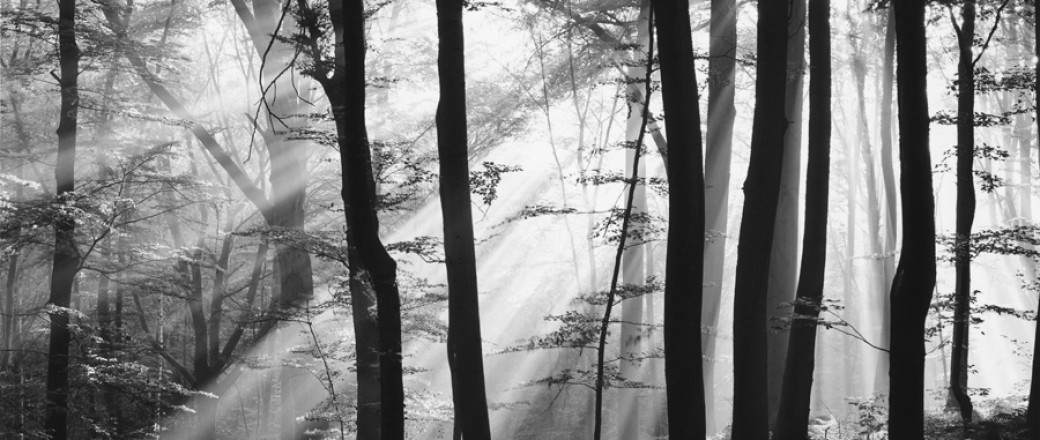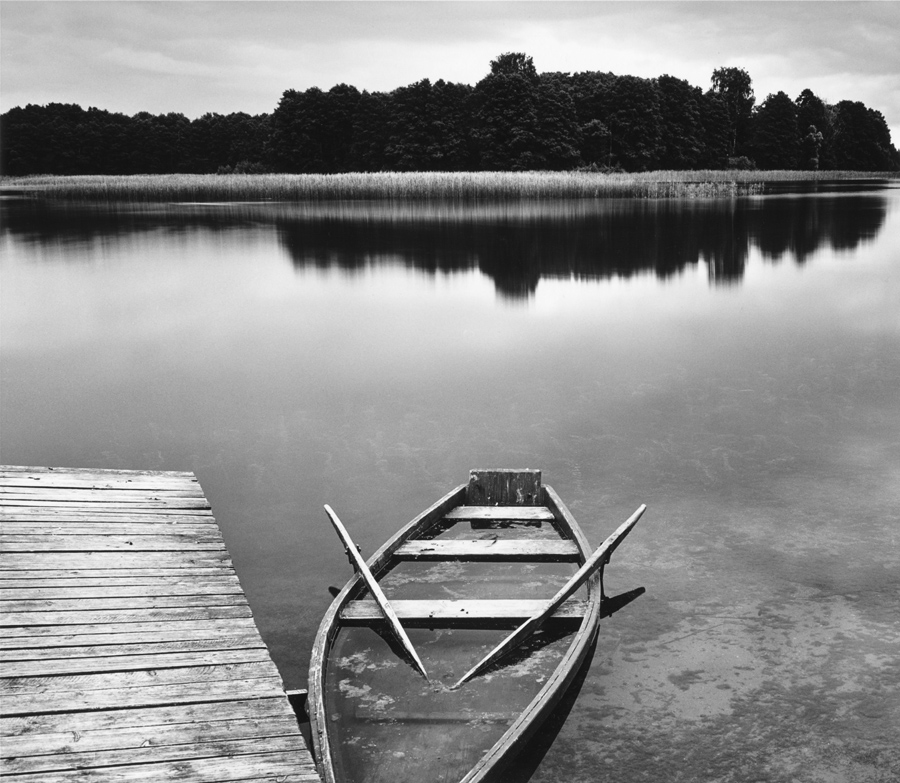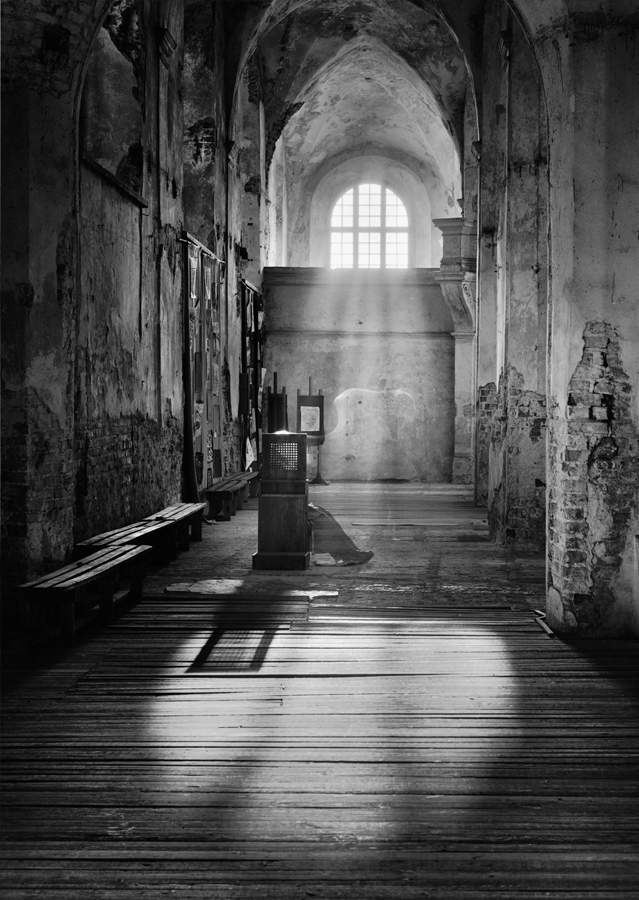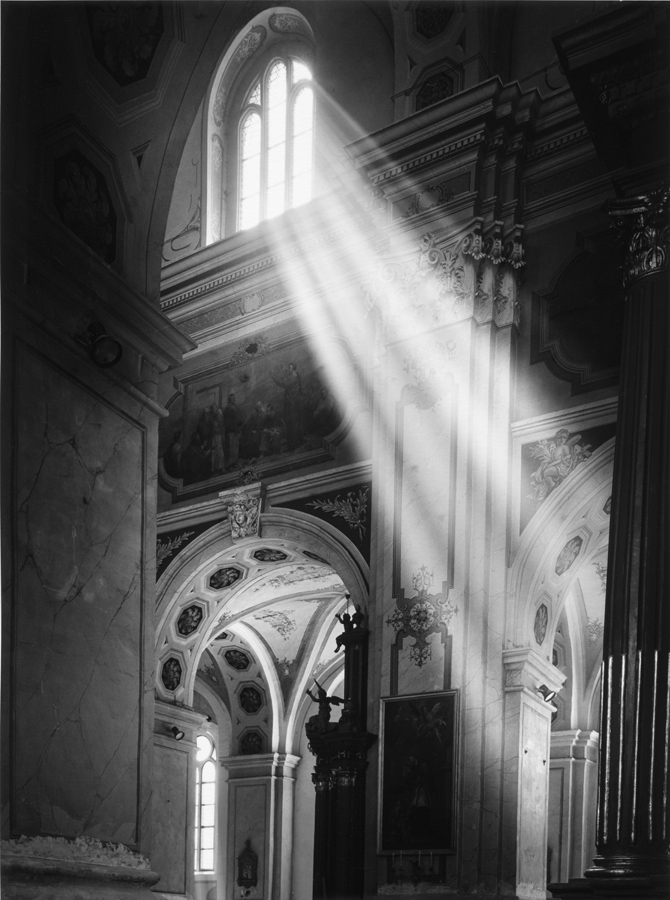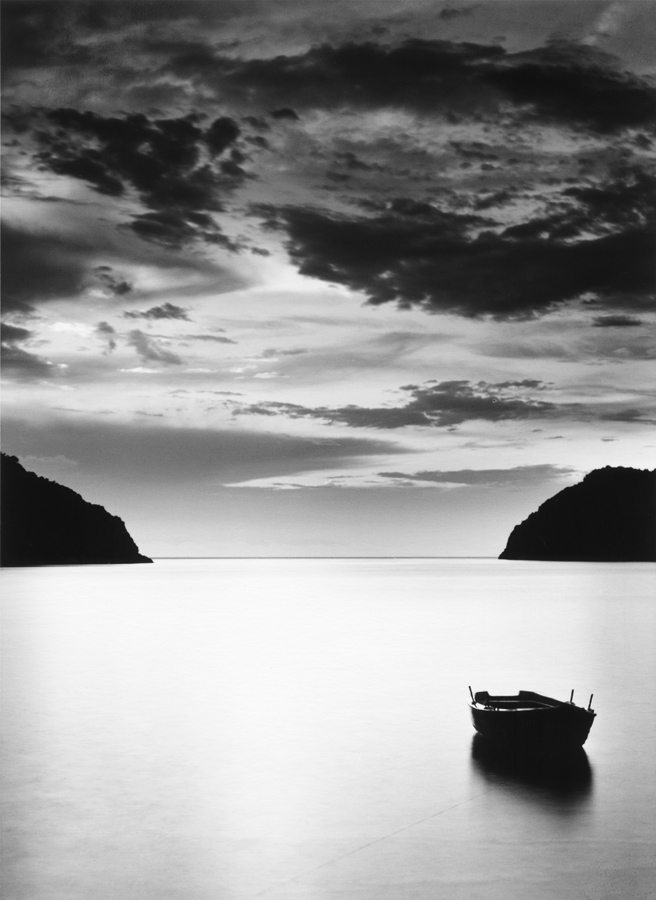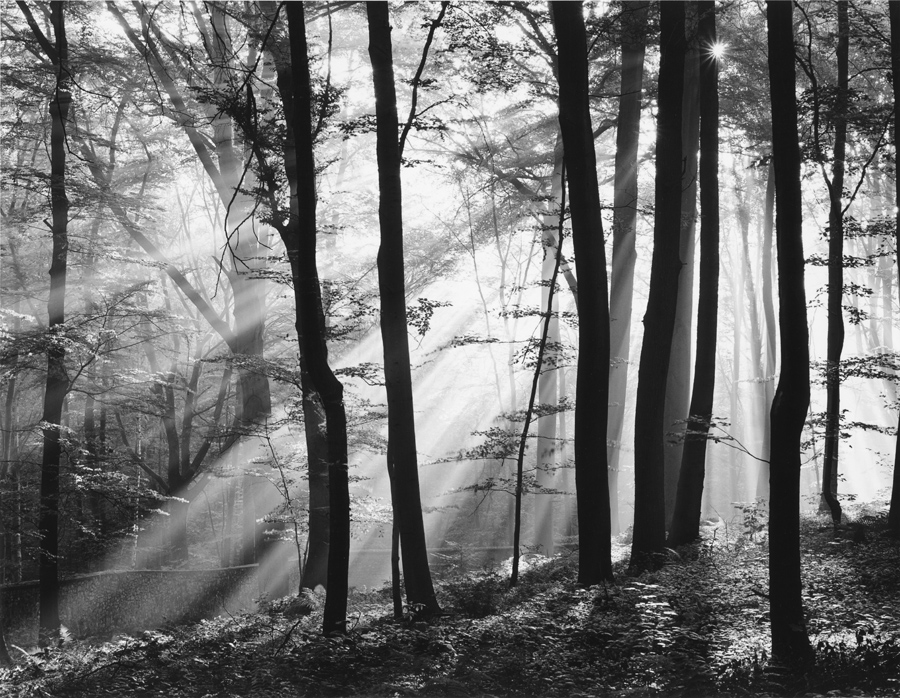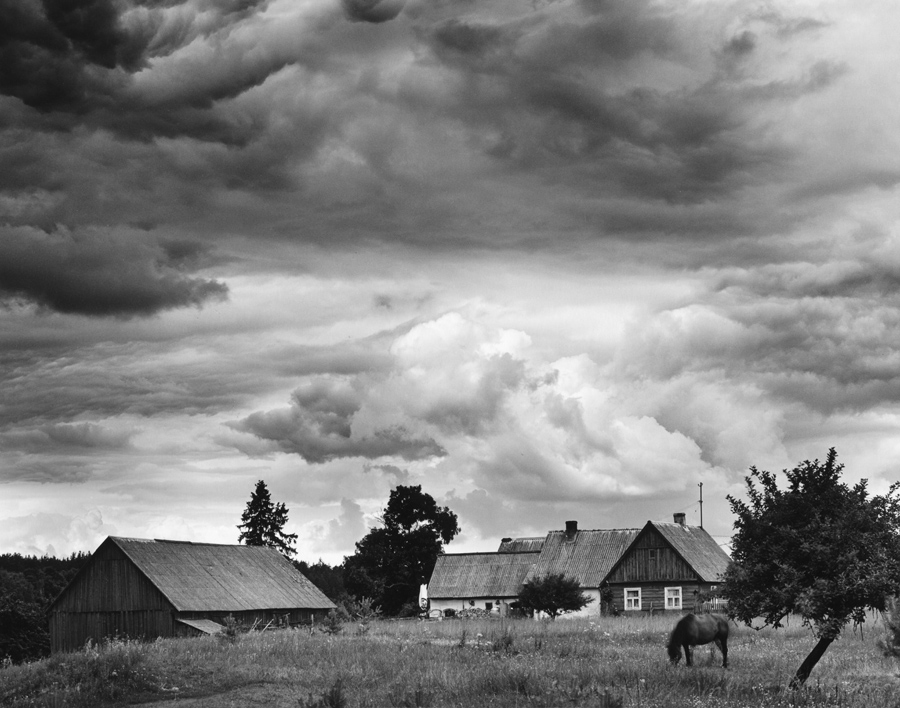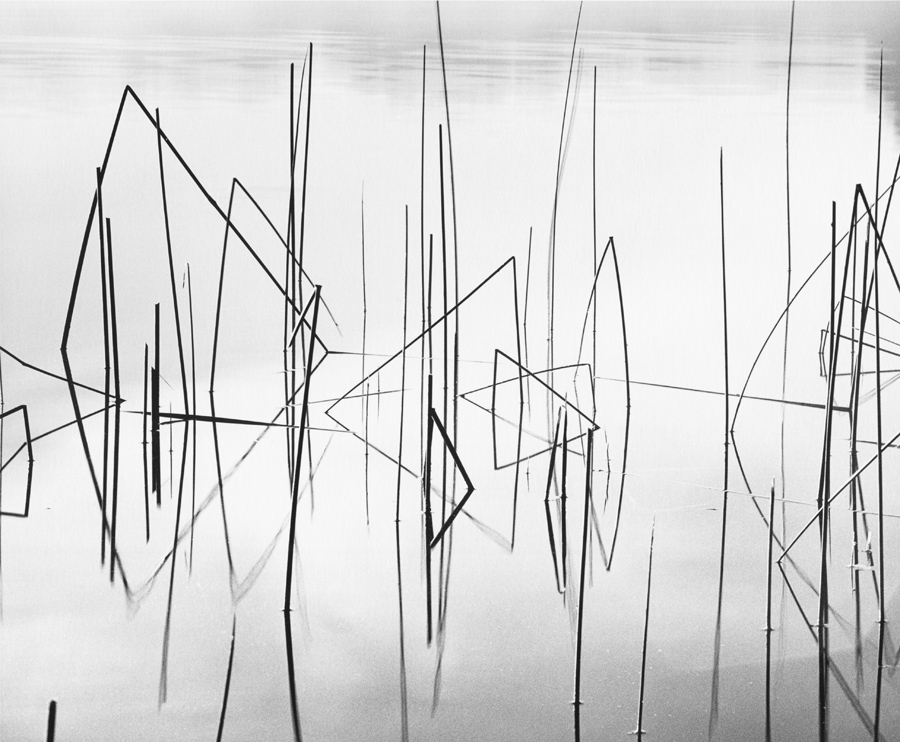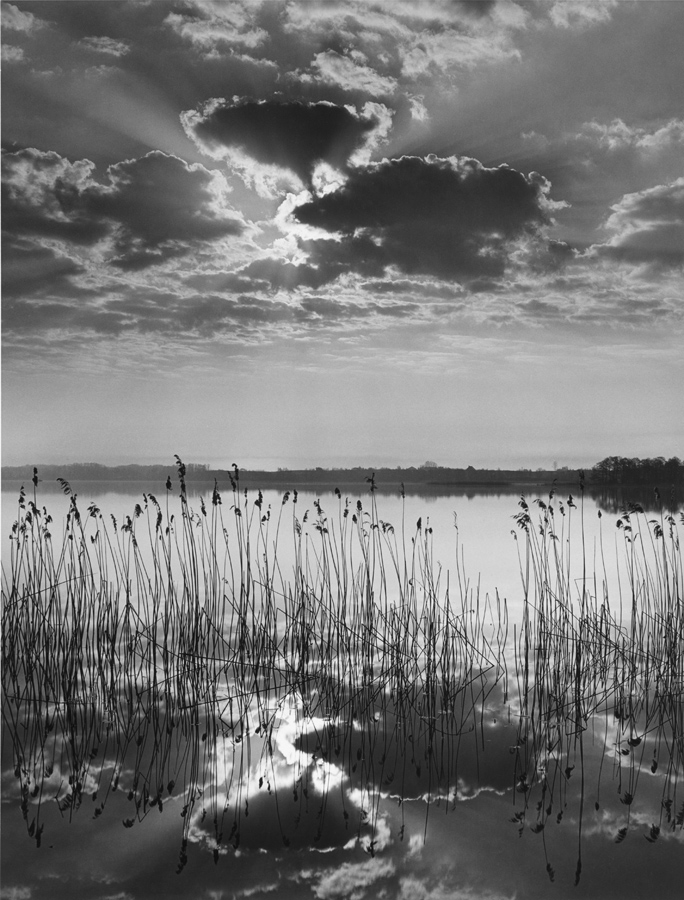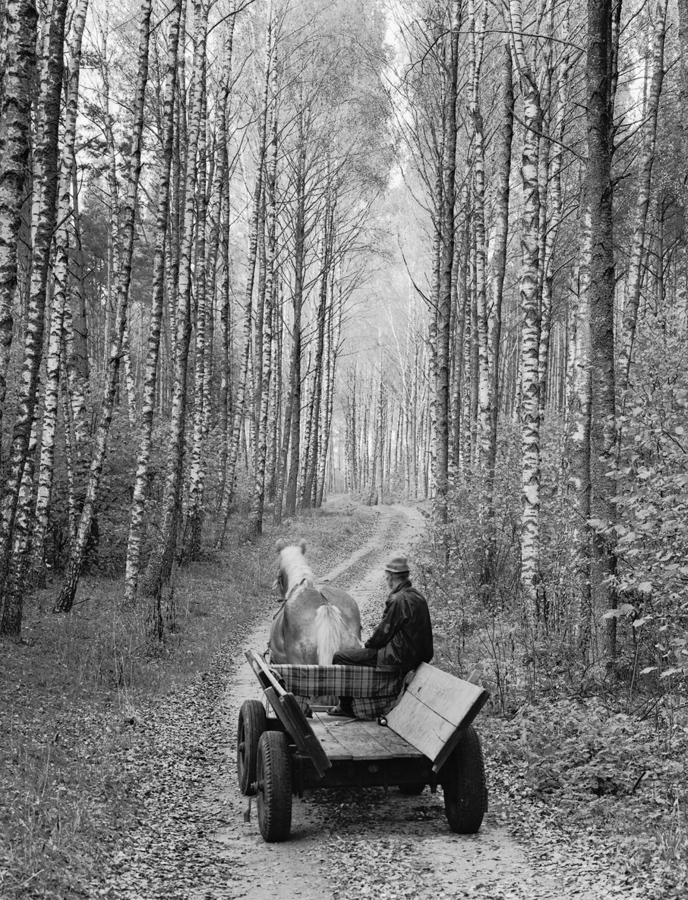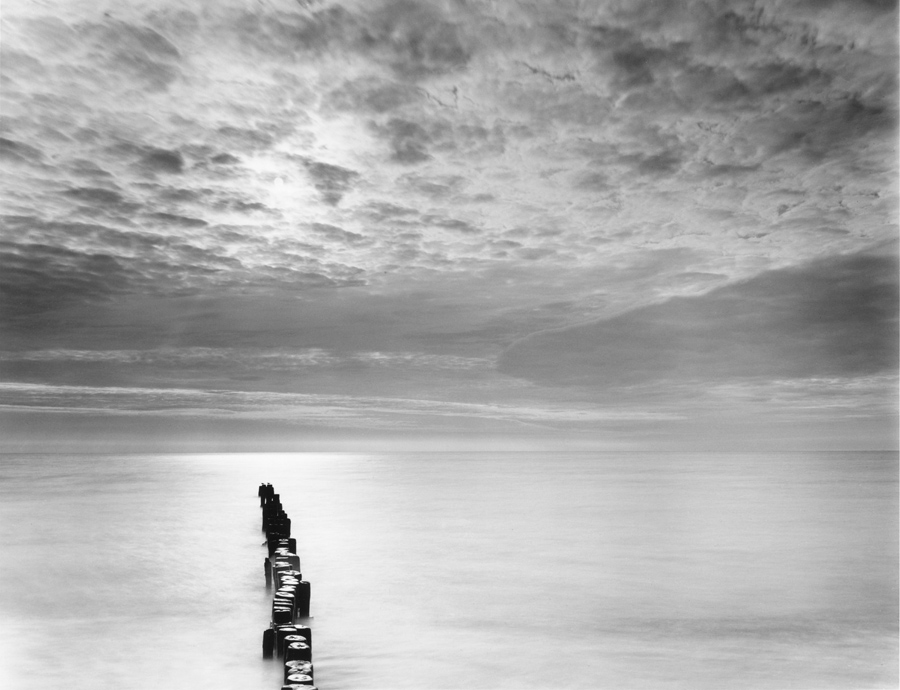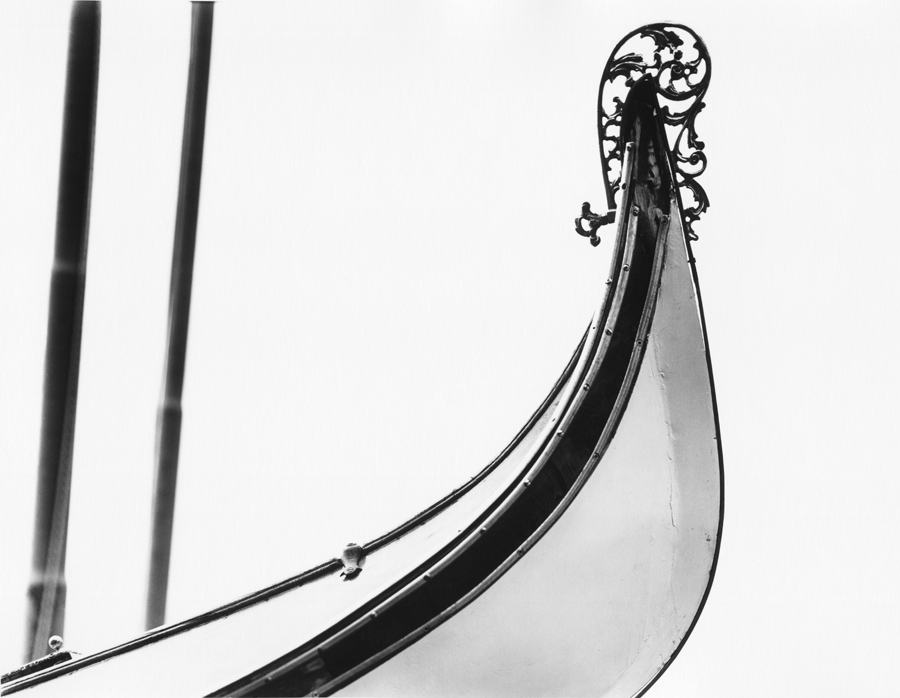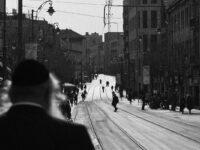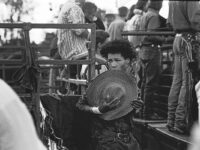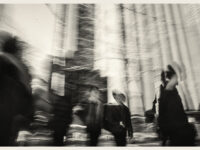I am a native of southwestern Poland and was born in Bielsko-Biala in 1956 during the communist era there. When I was 26, I immigrated to Madison, Wisconsin (1982) and moved from there to Modesto, California in 1984. Much of my earlier better-known photographic work was created in California’s Central Valley when I lived in Modesto. I moved to Northern California to the Mt. Shasta area in 2006 where I now reside with my 3-year-old German Shepard, “Shasta. ”
I am a full-time traditional black and white photographer and practice the methods used by Edward Weston, Ansel Adams, Morley Baer and others in the ƒ-64 school of photography. My subjects include the landscape, architecture and occasionally people or animals as they are in their environment.
How did you get interested in Photography?
When I was very young, 7 or 8-years-old, I was given a small 35mm Druch ( a Polish-made camera which broke in short order after I received it. I still have a few photos I made with it of a little stream near my home) camera as a First Communion gift from my God-parents. A camera was a very valuable gift at that time. I was immediately drawn to the magic of photography with that gift; the ability to slice a moment out of time and hold it as a print in my hands. But that was not all; I soon came to feel a consuming fascination with the chemical photographic process that, after exposure to light and immersion in developer, allowed grains of silver to form first on the negative and then again on a final print. It was pure alchemy to me and it was fun.
At that time in Poland many books were censored and there were not the vast amounts of easily accessed information available to the public that is taken for granted in the United States and has been so vital to the evolution of photography here. At first I learned by doing things on my own. I didn’t have the wonderful books by Ansel Adams, or the technical manuals by Kodak, but what I did have were photography history books that described chemical formulas for developers, stop baths and fixers and with that knowledge I began processing my film and printing my negatives.
A few years later, I developed a friendship with an older neighbor, who also was interested in photography and he taught me how to make glass plates and use a large format camera. That was my first introduction to traditional large format photography. At the time I did not realize the profound influence that time spent with my neighbor would have on my use of a view camera for my work.
When I was 19 I traveled to Russia on holiday where I fell in love with a TTL 35mm camera ( a Russian-made Nikon knock off with a normal lens) and traded a prized pair of Levi’s jeans for it. After that I went around wearing a pair of polyester pants that were much too short looking like an idiot, but it was a good trade because the camera came with a travel case containing an extra lens, enlarger, trays, safelight and chemicals; everything I needed to make prints.
Which Artist/Photographer inspired your art?
So many people ask me that question. Growing up in Poland I was surrounded by many centuries of artistic architecture and art in its many forms. The craftsmen of prior centuries put beauty into the functional articles they produced, so even useful things I was seeing daily had an artistic nature to them.
I became accustomed to seeing things a certain way and that way of seeing things became what felt right to me artistically.
I am inspired by beautiful painting and my first inspiration as a visual artist came from the paintings of Chelmonski, Stanislawski, Paniewiz and Zaleski. I was drawn to the richness of the work, the sense of drama and the use of light and dark. The darker color palate sets a deeper, darker mood to their work and I find this appealing. A painter interprets his subject before it is painted, filtering it through his mind and exposing it with skillful use of brush and color palate. I felt I could do the same photographically.
Early on I was also inspired by the work of Jan Bulhak, who was himself also influenced by painting. Like Bulhak, I always felt that photography can be so much more than a way of documenting a visual moment. Photography, like painting, should strive for an ideal and each photographer should use whatever level of craft they have to attain those ideals in his or her work.
Perhaps it was that feeling of having photography strive for an ideal that lead me to also be drawn to the work of Roman Vishniac. Like many Northern Renaissance painters who interpreted the daily lives of the people around them, Vishniac’s photographs captured the essence of the Jewish Shtetl with its Talmudic heritage. In the Shtetl there was a tradition of scholarly conversations between intellectual peers being had in incomplete sentences, hints, and gestures that could replace a whole paragraph of speech; Vishniac captured that ideal with his photographs.
Before arriving in America I did not have access to the high-quality photographic books that you can find so readily here. So I was not aware of what Ansel Adams work, or, for that matter, Edward Weston’s, Brett Weston’s or Morley Baer’s work looked like. What I most remember about the work I had seen in Poland was that it had a general dullness to the prints, and so when I first saw original works by these photographers I was in awe of the richness of tone, the depth of the blacks and the glowing light that seemed to come from the prints. I immediately knew that this is what I wanted to produce technically with my own work.
Why do you work in Black and White rather than color?
As I talked about earlier, because of my personal history, I learned to see things a certain way early on in my life and that became what feels right for me. I don’t see color well and I was originally exposed to photography as a black and white art form. That is what I saw and that is what I practiced, that was my craft.
I feel that the chemically rendered black and white print is the only way for me to express my artistic vision faithfully. It is my way of expression, which is not to say color work has no merit, it simply is not what I do or want to do.
I have developed my technical skills to the point that they are secondary to the visual expression seen in the print. I feel a glowing black and white gelatin-silver print has a richness, depth and ability to convey mood that is unequalled if well executed. I am able to control the initial exposure, development of the negative and final print personally, which is an important aspect for me because, as photographic artist, I want to produce a photograph as much as possible with my own hands. After many, many years of printing I feel my way to the final print and do not think about the technical aspects.
How much preparation do you put into taking a photograph?
I plan where I will go to photograph ahead of time, sometimes months ahead. That includes what time of year I will visit a particular place in order to capture the lighting and other environmental conditions I am looking for. However, once I arrive at a place I must be spontaneous and capture what is before me. I have been blessed on many past occasions with weather conditions that allow me to express the drama and strong sense of place many people see in my photographs.
It is not so easy to be a traditional film photographer and to travel on the airlines these days and it has caused me to plan not only when and where I will go, but also how I will develop my film once it is exposed. I now travel with my film in lead encased bags to keep the x-ray machines from fogging it and I have a portable darkroom setup that I use while photographing in Europe.
I look for the sacred essence in my photography subjects. I see the oneness in things that unites, the light carries the information, the message, and I feel the moment intensely with my camera. There is a special moment when I know that I have connected with something bigger than myself and that I have focused and pointed my camera at the essence of my subject. At that moment I feel a fullness that I cannot describe in words because it is a visual experience and I can only refer you to my finished print to explain the fascination of any certain place that I have photographed.
Could you please tell us something about your technique and creative process? Technical things
I photograph with a Linhof 4×5 field camera. A good deal of my work is done with a 210mm Nikkor lens. I only use Kodak Tri-X film, which I stock pile in my freezer because I feel uncertain about my ability to get film in the not-to-distant future. I develop my negatives with the Gordon Hutchings PMK formula from Photographer’s Formulary using a Jobo processor. I print with Ilford glossy paper which is archivally washed, selenium and sepia toned and then archivally dry mounted. I do all the work myself.
What future plans do you have? What projects would you like to accomplish?
I do not know long I will be able to continue my craft because of the availability of materials. Not because of age or any other physical disability, but because the photography market is rapidly moving away from traditional black and white process and the companies that manufacture the materials I use are disappearing. I cannot produce my work indefinitely without new materials and I can only stockpile enough for a few years work at this time.
To me, the loss of traditional chemical black and white process represents a loss to the world of fine art photography. I have many friends who now produce their work digitally from capture to output and they produce beautiful work. But it is a different aesthetic and it does not represent my artistic vision and so I cannot utilize it for my work. This digital revolution has produced many new ways of doing things, but it has also discouraged many traditional ways which have worked well for a very long time. It is change, but I am not at all sure that it is progress when we lose a good thing as well. Our society seems to be in a race to eliminate the need for human skill in anything but pushing buttons and I don’t see that as a good thing for the future.
Because I see that my time to produce work is limited, I intend to conserve my materials and make fewer prints of any one image. In this way I hope to be able to have the materials necessary to print a broader spectrum of my negative archive instead of reproducing larger numbers of the same image.
I am also in the process of producing a new book with featuring my work around water plants which will be released in the next year or so.
I am also in the process of producing an additional print archive that will be available to selected museums who are interested in showing my work. I feel it is important that a full collection of my traditional work is kept together for display so that future generations can see what a good gelatin-silver print looks like once the materials and methods are long forgotten.
Website: www.romanloranc.com

